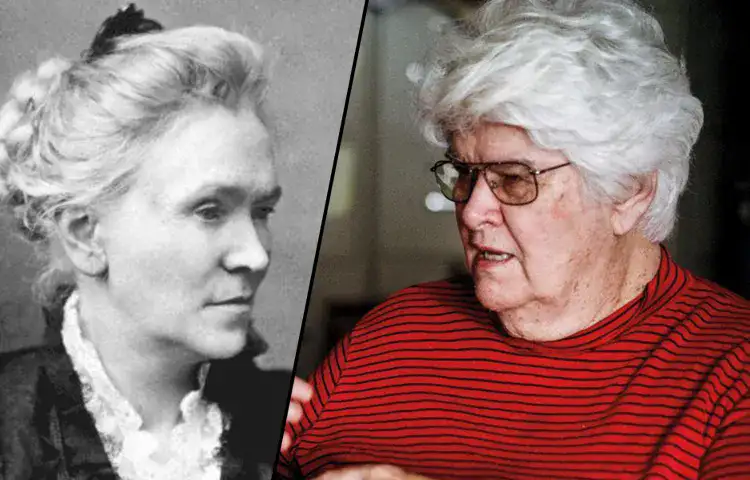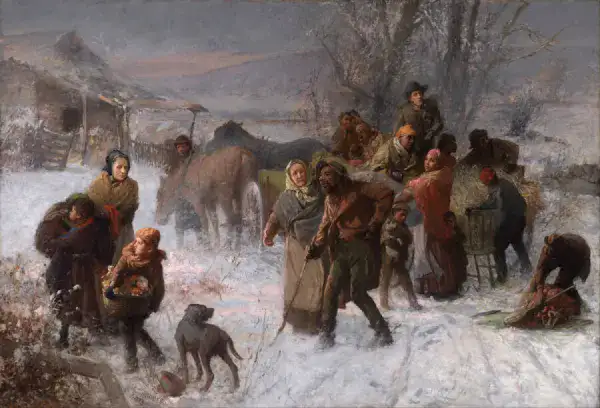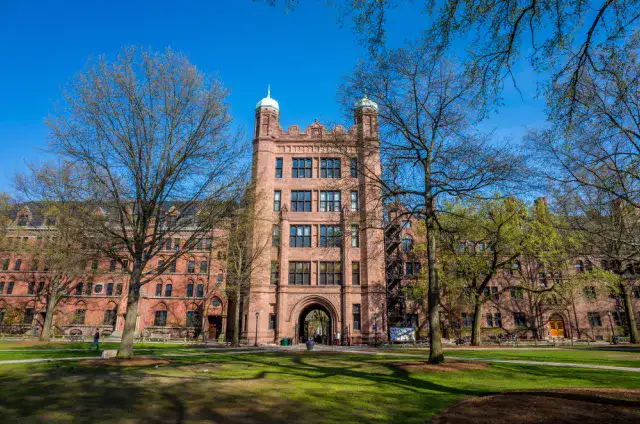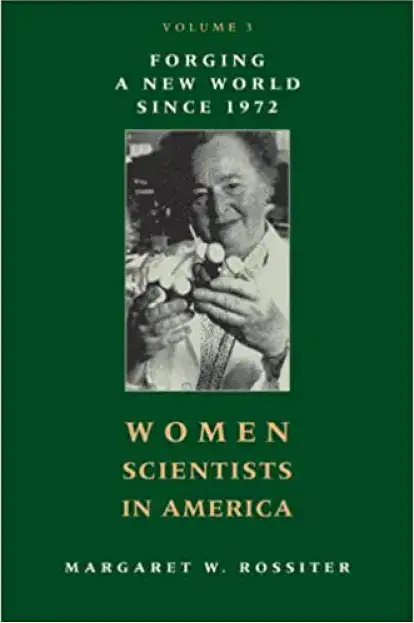MARGARET ROSSITER, REFLECTION OF MATILDA JOSLYN GAGE

Throughout history, there has been a lot of discrimination that made our teeth cringe. That they are of order ethnic, religious or even sexist, they all have brought their share of conflicts and victims. Among all that, groups of people were able to raise the point and say stop. These people fought for everyone to have the same rights. Here we will focus on two large figures of feminism: Rossiter and Joslyn Gage. They too, in their own way, had the courage to stand up against the trend for women to have the same freedoms and privileges than women.
The Writer Who Fought
for their rights
Matilda Electa Joslyn Gage is female
American born March 24, 1826 and died March 18
March 1898.
Already during her childhood, Joslyn Gage
intervened against inequalities. She was helping by
example the slaves present at the "Chemin de
underground iron ”, network used by these
last who fled to the free states of
United States or Canada. This aid, which was
formally banned at the time, he
notably worth being imprisoned.

In addition to being a writer, she was an abolitionist
and supported the feminist movement with
fervor. It is the proof that the movement
already existed at that time, however distant.
His major acts within this movement
mainly concern obtaining the right
vote by American women, something that
was not possible until 1920 in the United States
United.
She began to take an interest in feminism by
1852, when she spoke at the
“Annual Convention on Women's Rights”,
meeting aimed precisely at defending the
of this female right to vote.
To further support his position, Gage
will even become president of the "National
Woman Suffrage Association ”and head of
executive committee for over 20 years.
Finally, ultimate proof of its support for the
women, the writer will sign the "Declaration of
women's rights of the centenary of 1876 ”in
company of feminist Lillie Devereux
Blake.
All these acts will eventually earn him his
registration, in 1995, at the famous museum
American, the National Women's Hall of Fame.

The historian who teaches
their story
Margaret W. Rossiter was born in
July 1944 and is still alive
currently.
The 77-year-old American is a teacher but
also historian of science, subject
which she teaches at Cornell University.
It was at the famous Harvard University that she
begins his long and tedious apprenticeship
on the place of women in the history of
sciences in the United States.
While at Yale University,
someone is going to give her something to think about
will mark:
"There are no women scientists at
United States, but only assistants. "

The researcher will then progressively
seek to invalidate this sentence, by proving
that there are women with the skills
intellectuals all as remarkable as
men in science, then
by defending the rights of the latter to
assert himself in the community.
She did not know it yet but Rossiter, who has
itself suffers from inequalities in view of its
status of "woman scientist", will dedicate
all his life to this cause.
Among all her publications, the historian
explained the phenomenon that made it worldwide
know, "the Matilda effect".

These two figures have, each in its own way,
each in its own time, contributed to improving
women's living conditions. They are
beaten so that women have the same
rights than men. The difference of
temporality that separates them proves that the fight
it is and will remain timeless, at least as long as
inequalities will not have totally
missing. They are real examples to
follow and their works have earned them
honorable distinctions.
Many supporters of feminists
help get things done by
through works, whether literary,
artistic or even cinematographic.
For example, "Figures in the Shadows" is a
film which also, in its own way, talks about
inequalities suffered by women in the
scientific domain.
If you want to know more about this movie which is a reference in the history of science and women scientists, I invite you to read the article dedicated to him.